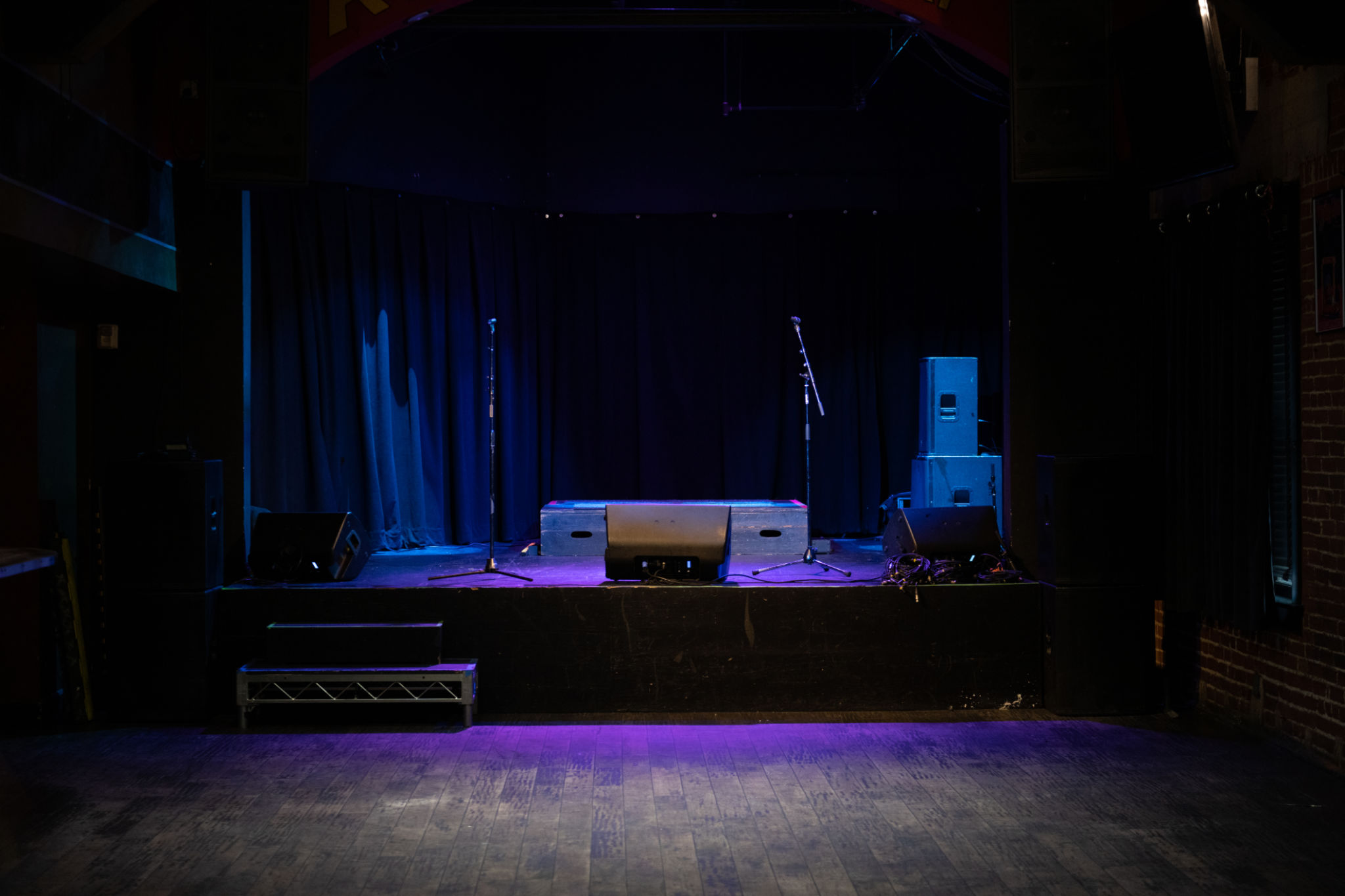Choosing the Right Art Experience for Your Next Event
Understanding the Impact of Art on Events
When planning an event, incorporating art can transform the experience from ordinary to extraordinary. Art has the power to evoke emotions, spark conversation, and leave a lasting impression on attendees. Whether you're organizing a corporate gathering, a wedding, or a community event, choosing the right art experience can enhance the overall ambiance and engagement levels.
Art experiences come in various forms, from live performances and interactive installations to static displays and digital projections. Selecting the appropriate type of art for your event depends on factors such as audience demographics, event theme, and budget. By carefully considering these elements, you can create a memorable experience that resonates with attendees.

Determining Your Event Goals
Before deciding on an art experience, it's crucial to define the goals of your event. Are you aiming to entertain, educate, or inspire your audience? Understanding your primary objectives will guide you in selecting an art form that aligns with your vision.
If your goal is to entertain, consider hiring live performers such as musicians, dancers, or theatrical artists who can captivate the audience with their talents. For educational purposes, an exhibition featuring local artists or a series of art workshops can provide attendees with valuable insights and hands-on experiences.

Considering Audience Preferences
Knowing your audience is key to choosing an art experience that will resonate with them. Consider their interests, age group, and cultural background when selecting an art form. For a younger crowd, interactive art installations or digital projections might be more appealing. On the other hand, older audiences might appreciate traditional art forms like painting or sculpture.
Engaging with your audience through surveys or feedback forms can provide valuable insights into what they would enjoy. This proactive approach not only ensures a successful event but also demonstrates your commitment to creating a tailored experience for your guests.
Setting a Budget for Art Experiences
Art experiences can vary greatly in cost, so it's essential to set a realistic budget early in the planning process. Factors such as the type of art, venue requirements, and artist fees can all impact your overall expenditure. By establishing a clear budget, you can narrow down your options and avoid overspending.
Consider allocating funds for both the main art attraction and additional elements like lighting and sound equipment, which can enhance the overall presentation. Additionally, explore local artists or community groups who may offer unique and affordable options for your event.

Collaborating with Artists and Art Curators
Partnering with artists or art curators can provide valuable expertise and creativity to your event planning process. These professionals can offer guidance on selecting the right type of art experience and assist with logistical considerations such as setup and installation.
Building relationships with artists not only enriches your event but also supports the local arts community. Consider hosting a networking session or an artist meet-and-greet as part of your event to create meaningful connections between attendees and creators.
Evaluating the Venue
The venue plays a significant role in determining the type of art experience that will be feasible for your event. Evaluate the space available, its layout, and any technical limitations before committing to an art form. For instance, large-scale installations may require ample space and specific structural support.
Additionally, consider the venue's acoustics and lighting capabilities when planning performances or interactive art displays. Collaborating with venue staff can help address any potential challenges and ensure a smooth execution of your chosen art experience.

Measuring Success and Gathering Feedback
After your event, it's important to measure the success of the art experience and gather feedback from attendees. This information can provide valuable insights for future events and help refine your approach to incorporating art.
Utilize surveys or social media platforms to encourage attendees to share their thoughts and experiences. Pay attention to both positive feedback and constructive criticism to continually improve and innovate in your event planning strategies.
By thoughtfully choosing the right art experience for your event, you can create an engaging and memorable occasion that leaves a lasting impact on your guests.
